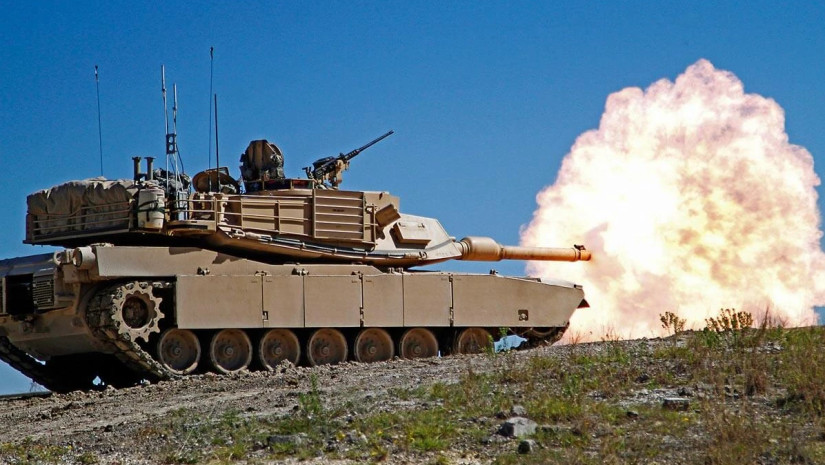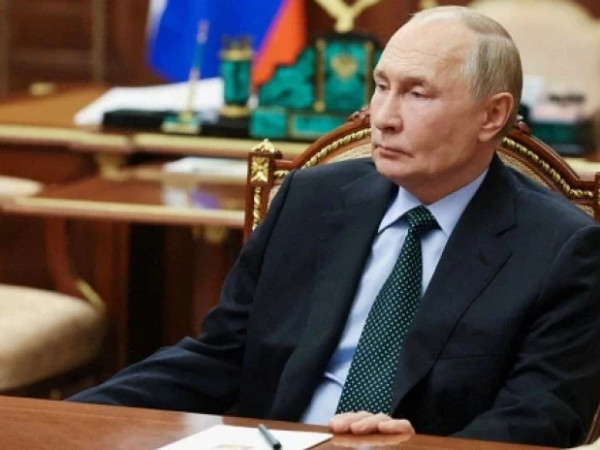U.S. Abrams tanks are likely to arrive on the Ukrainian battlefield in September, according to six people familiar with the planning, as Kyiv’s forces push to retake territory in a counteroffensive that is picking up steam.
The plan is to send a handful of Abrams tanks to Germany in August, where they will undergo final refurbishments. Once that process is complete, the first batch of Abrams will be shipped to Ukraine the following month.
The potential August and September deliveries mark the most specific time frame provided for when America’s main battle tank is expected to roll onto the battlefield. Pentagon officials have previously said the Abrams would be in Ukrainian hands sometime in the fall.
The U.S. is sending older M1A1 models instead of the more modern A2 version, which would have taken a year to get to Ukraine.
The six people — a Defense Department official, a U.S. official, an industry official, a congressional aide and two others familiar with the discussions — were all granted anonymity to discuss sensitive plans that have yet to be announced.
The Biden administration has said it wants to deliver more weapons to Ukraine as quickly as possible, both to assist with the counteroffensive and bolster the nation’s defenses for the long-term. Besides the tanks, the U.S. wants to start training Ukrainian pilots on F-16 fighter jets before warplanes are delivered, possibly by the end of the year.
The arrival of the tanks in the coming weeks will add a new, lethal dimension to Ukraine’s inventory as its forces struggle to break through entrenched Russian defenses along a front line that stretches for hundreds of miles. Although Ukrainian troops have made some advances on one axis of attack in recent days, they are taking heavy artillery and aircraft fire as they move slowly through dense minefields and enemy foxholes.
The initial batch will involve six to eight tanks, said the industry official and the congressional aide. In total the U.S. is planning to send 31 tanks, a Ukrainian battalion’s worth.
“We’re definitely working to get them to Ukraine as fast as we can,” said Pentagon spokesperson Col. Martin O’Donnell, declining to discuss specifics on the timeline.


















